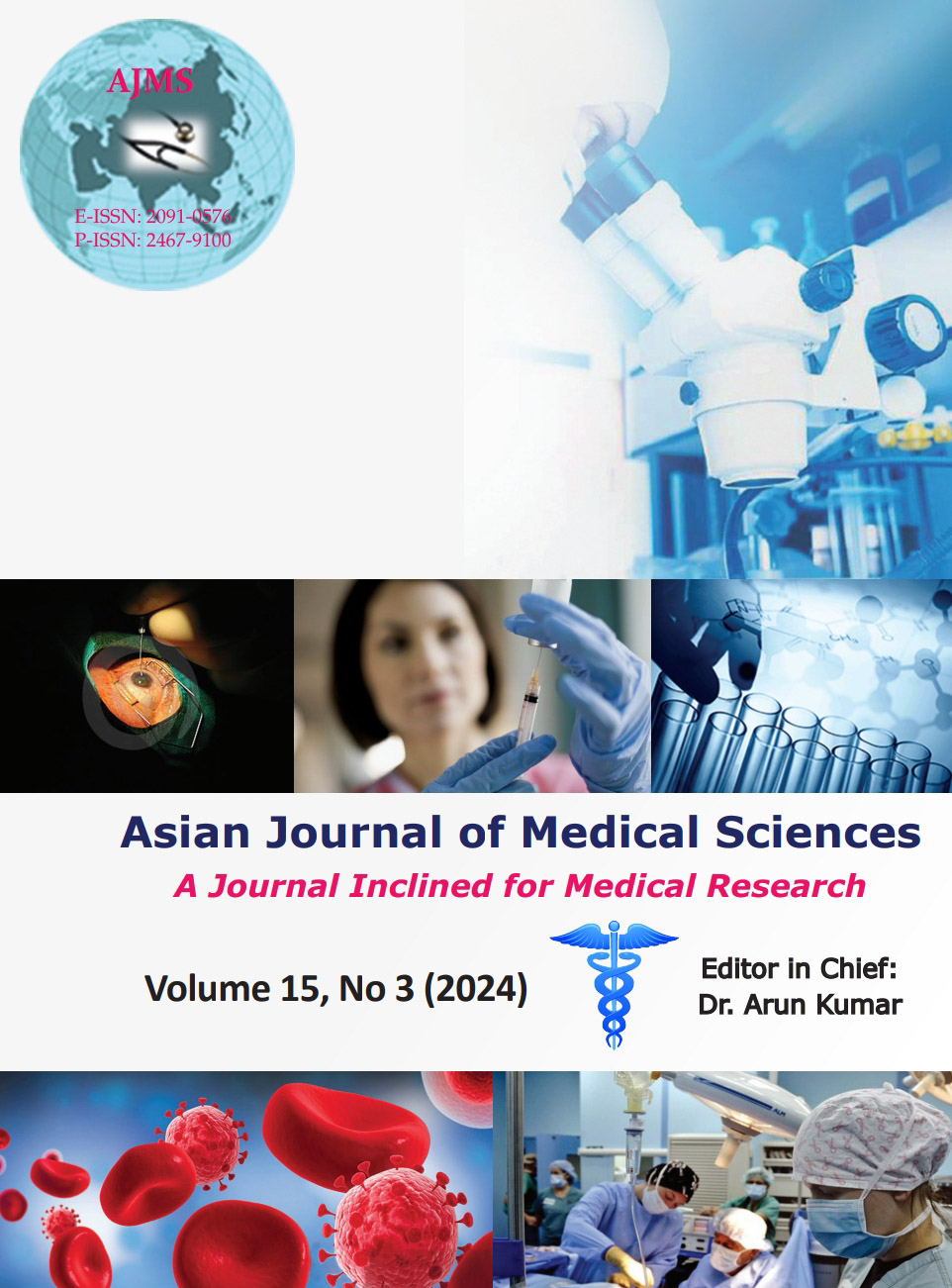Temporomandibular joint ankylosis - An anesthesiologist’s nightmare: Case series
Keywords:
Temporomandibular joint ankylosis; Pediatric; Fiberoptic intubationAbstract
Temporomandibular joint (TMJ) ankylosis is defined as bony or fibrous adhesion of the anatomic joint components accompanied by a limitation in opening the mouth. Airway management is a grueling task and has confronted anesthesiologists ever since. The challenge is even more exaggerated when it is a pediatric patient. We present a case series of five pediatric patients with TMJ ankylosis with age 7 years or less, who were posted for its corrective surgery. Although all patients belonged to the pediatric age group, the challenges faced and techniques employed to overcome them were different partly because of different age groups and partly the nature of the airway, with tailoring of each technique accordingly. Pediatric airway management is no less than waging a war as all necessary skills and expertise are put to the test. It combines fortuity with skills. We have to be prepared for the worst in any unforeseen scenario.
Downloads
Downloads
Published
How to Cite
Issue
Section
License
Copyright (c) 2024 Asian Journal of Medical Sciences

This work is licensed under a Creative Commons Attribution-NonCommercial 4.0 International License.
Authors who publish with this journal agree to the following terms:
- The journal holds copyright and publishes the work under a Creative Commons CC-BY-NC license that permits use, distribution and reprduction in any medium, provided the original work is properly cited and is not used for commercial purposes. The journal should be recognised as the original publisher of this work.
- Authors are able to enter into separate, additional contractual arrangements for the non-exclusive distribution of the journal's published version of the work (e.g., post it to an institutional repository or publish it in a book), with an acknowledgement of its initial publication in this journal.
- Authors are permitted and encouraged to post their work online (e.g., in institutional repositories or on their website) prior to and during the submission process, as it can lead to productive exchanges, as well as earlier and greater citation of published work (See The Effect of Open Access).




